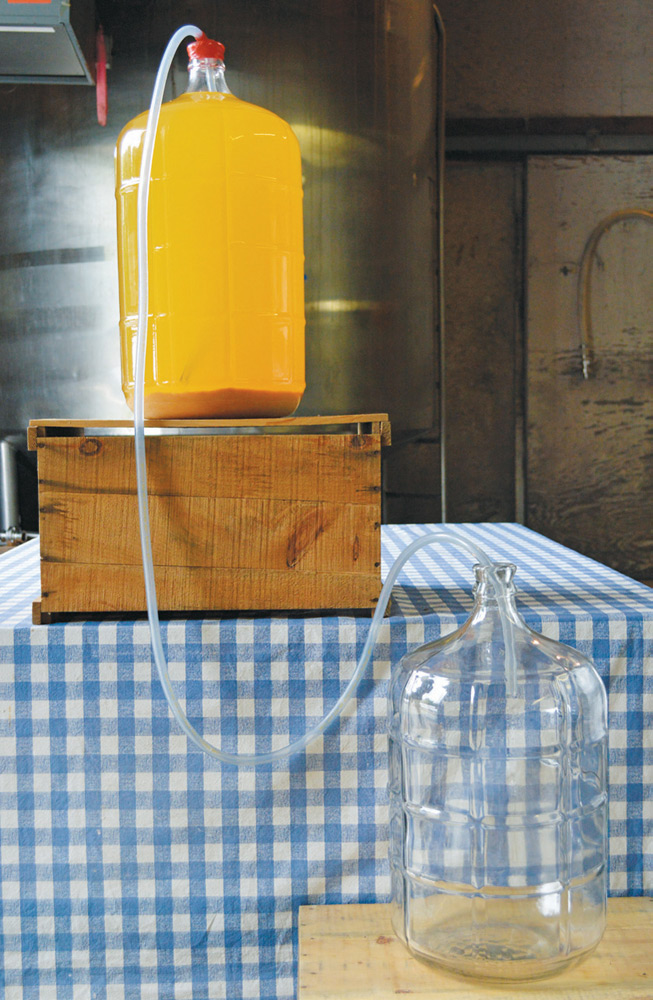Introduction
Cider is nothing more than apples, fermented. It seems simple, until you taste the end result of the fermentation. Good cider, like good wine, starts with good fruit. The fermentation process brings forward the hidden aromas, tastes, and sensations of those apples. When blended and fermented, the most celebrated cider apples—often called inedible—reveal flavors such as apricot, black tea, honey, and pine. These flavors balanced with acidity, astringency, and bitterness, create a combination that has made cider a popular drink for centuries.
Cidermaking, too, seems simple. The basic process is straightforward. It requires minimal ingredients and equipment, most readily available from home wine or brewing supply shops. It requires minimal space, making it a manageable at-home project. But good cidermaking also requires patience, persistence, and practice.
The crew behind Poverty Lane Orchards and Farnum Hill Ciders has been making still and sparkling ciders for two decades. It is a learning process, even after hundreds of batches. In that time, they have also watched the apple and cider industries change, and an interest in well-made cider and home cidermaking grow. In this book, they share their years of experience and the philosophy of cidermaking they have developed: For these cidermakers, the cidermaking process begins with the apple.
THE FARNUM HILL CIDERS STORY
The seeds of Farnum Hill Ciders were sown in the 1960s, when Poverty Lane Orchards was planted on the site of a former dairy farm. Its northern New Hampshire hills were planted with McIntosh and Cortland, then two of the leading varieties of wholesale apples. Stephen Wood was introduced to apple farming in 1965. He was eleven years old when his father and a partner purchased the farm. No one was thinking about cidermaking at Poverty Lane Orchards then, at least not beyond the occasional barrel of New England–style cider fermenting haphazardly over the winter.
Few people were thinking about cidermaking anywhere at the time. The popularity of cider in the United States had waned with Prohibition almost five decades earlier, and taste for cider in traditional cidermaking regions throughout Europe was declining, too.
When Wood began to manage the farm in the late 1970s the focus was still on packing classic New England apples for sale throughout the region, but the apple industry was changing rapidly. Imported fruit began to arrive—shiny Red Delicious apples from the West Coast and tart Granny Smiths from South America—reducing demand for Cortlands and McIntosh. Wood needed a way to distinguish Poverty Lane Orchards in the now-crowded apple market. In thinking about the future of the orchard, he looked to the past, to many nearly forgotten varieties of heirloom eating apples and to the inedible varieties traditional in Europe’s main cider apple-growing regions. Those inedible apples were part of the continent’s long cidermaking tradition.
In travels through England in the 1980s, Wood met the cidermakers behind many of the country’s storied ciders and learned from them. He began experimenting with growing traditional European cider apples in New England, at first dedicating just 5 acres (2 ha) of the then–90-acre (36 ha) orchard to the unheard of idea of modern American cider, and he began experimenting with cidermaking techniques. Some of that early cider was tasty. Some was terrible. But by the mid-1990s, Poverty Lane Orchards was turning those inedible European apples with obscure names such as Dabinett, Medaille d’Or, Kingston Black, and Stoke Red into delicious Farnum Hill Ciders.
THE FARNUM HILL CIDERS PHILOSOPHY
For Wood, cidermaker Nicole LeGrand Leibon, and the rest of the crew behind Farnum Hill Ciders, cider is all about the apple. A cidermaker’s responsibility is to coax the best from the fruit without unnecessary additives or techniques that would obscure the apple. The Farnum Hill Ciders still cidermaking process, outlined in chapter 5, is a largely hands-off one. A cidermaker’s main task is to find the best apple juice available and provide good conditions for fermentation to occur.
Finding high-quality apple juice for cidermaking has long been a challenge, but as more people become cidermakers—commercial or hobbyist—more orchards are cultivating cider apples to meet the demand.
As interest in cidermaking and, even more importantly, cider drinking has increased, Poverty Lane Orchards has found like-minded commercial and home cidermakers in diverse apple-growing regions. Cidermakers such as E.Z. Orchards, Eve’s Cidery, and Eden Orchards share the Farnum Hill Ciders philosophy, while making very different ciders. (Their cidermaking processes for cidre, méthode champenoise, and ice cider are outlined in chapter 7.)
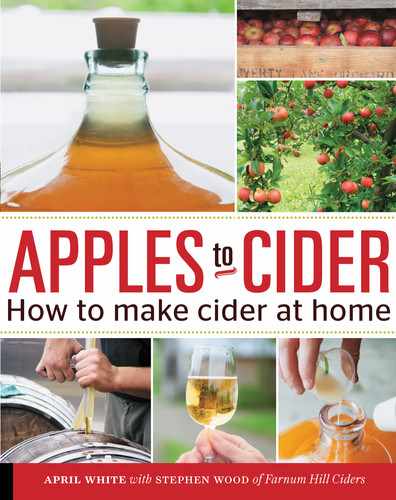
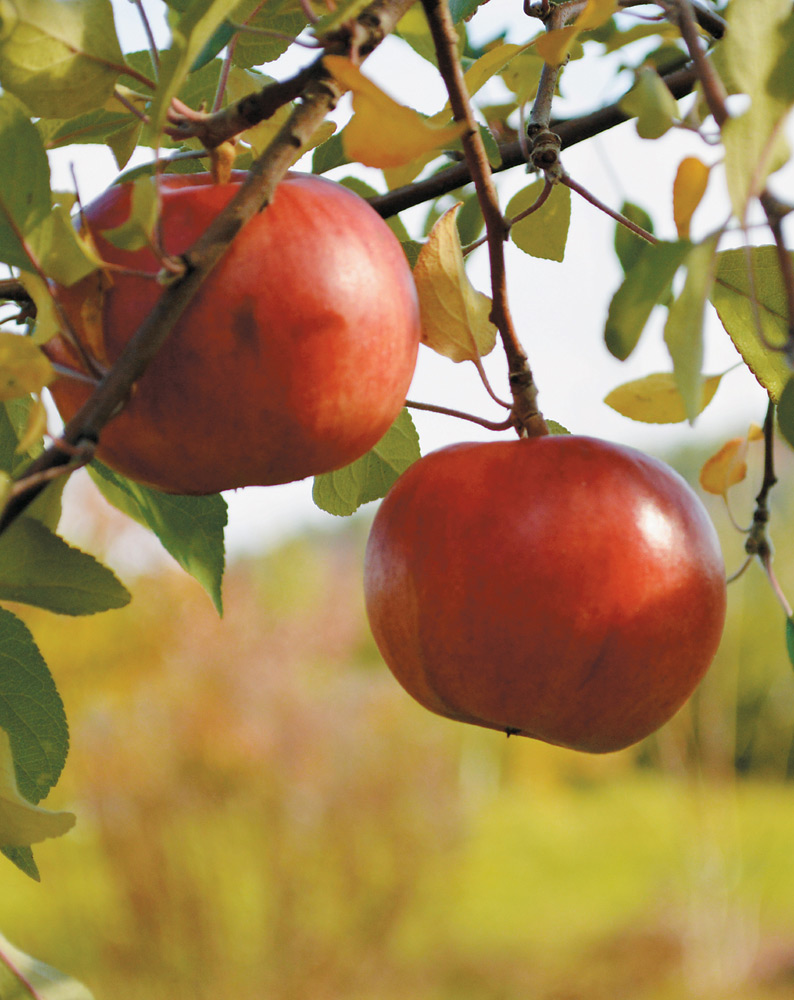


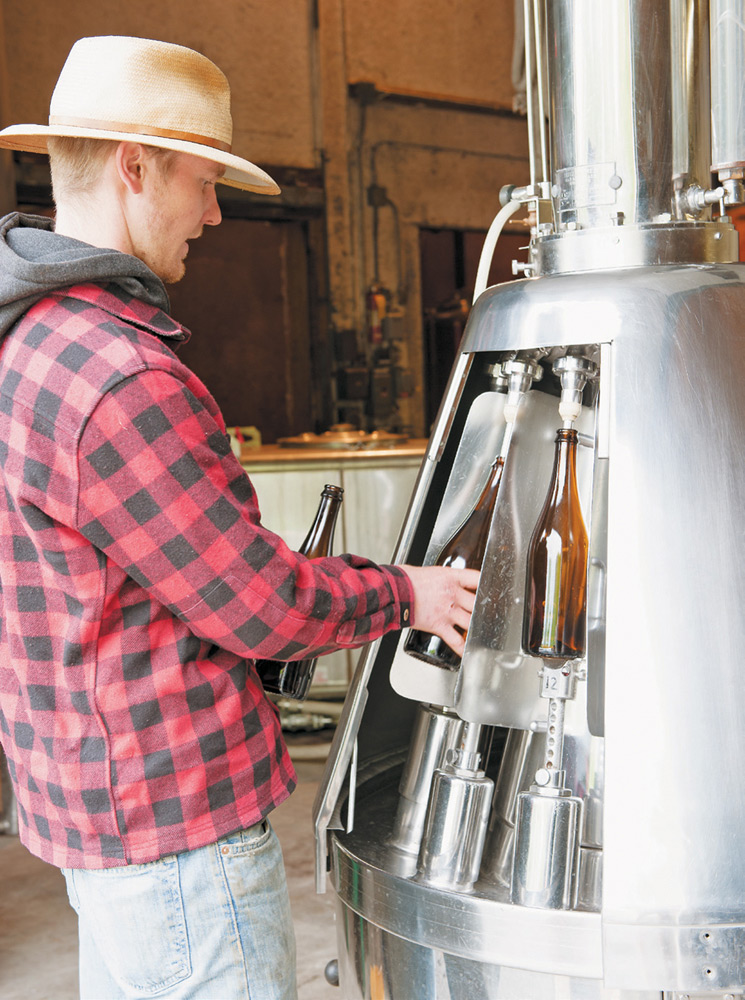

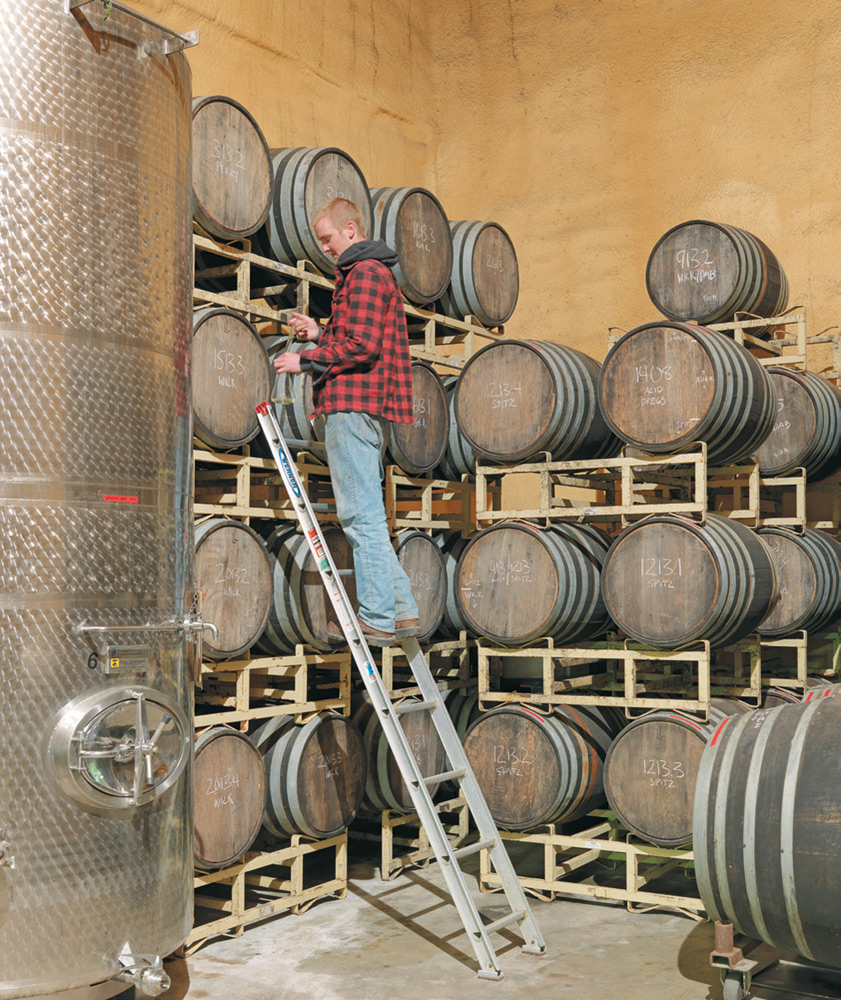
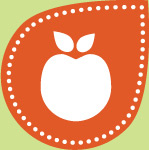 CIDERMAKING TIP
CIDERMAKING TIP